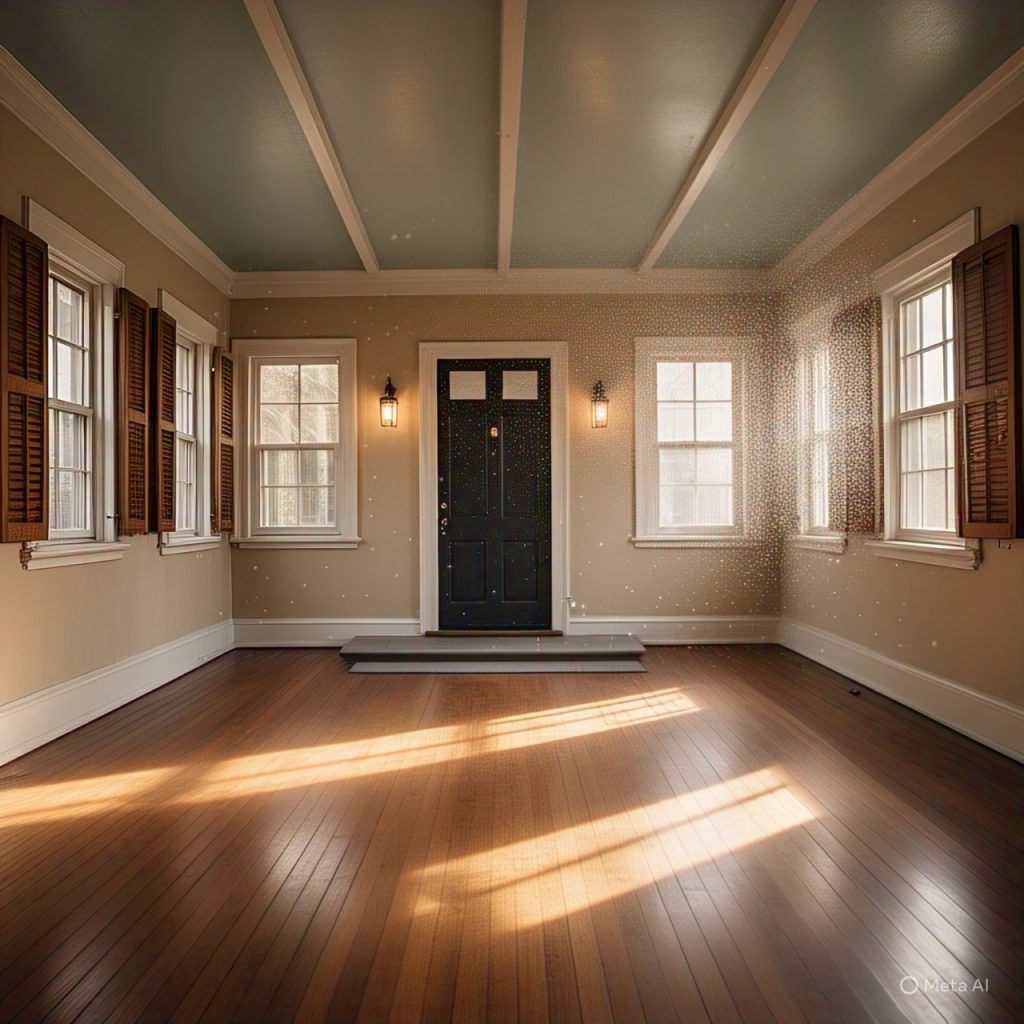Summary
Persistent foul smells in your home aren’t just unpleasant they may be signs of serious biohazard issues. In this detailed guide, we uncover four of the most dangerous odor sources homeowners face, from hidden mold infestations and sewage backups to decaying organic matter and animal waste. These biohazardous odors often signal underlying health threats such as respiratory issues, allergic reactions, and bacterial contamination. You’ll learn how to identify, locate, and respond to these odors effectively before they worsen. We also explore professional odor remediation options, preventive tips, and how to know when DIY efforts aren’t enough. Whether you’re a homeowner, renter, or property manager, this post equips you with vital knowledge to maintain a clean, safe, and breathable indoor environment.
Introduction: The Biohazard Stench
Odor Stenches in the house: You’ve scrubbed every surface, sprayed the strongest air fresheners, and lit scented candles in every room. Yet, a foul smell still lingers. This isn’t just any odor—it’s a biohazard smell, the kind that clings to walls, seeps into furniture, and refuses to leave. Biohazard odors are more than just unpleasant; they often signal serious health threats and environmental contamination that DIY solutions simply can’t fix.

In this article, we explore what causes these persistent smells, why they pose serious risks, and how to get rid of them for good.
What Are Biohazard Odors?
Biohazard odors stem from biological contamination that can pose a danger to health. Common sources include:
- Decomposing bodies or animals
- Sewage backups
- Mold infestations
- Chemical spills
- Blood and bodily fluids after trauma or crime scenes
These smells persist because they are not just on the surface—they often permeate porous materials like carpet, drywall, and insulation. Worse, many of the underlying causes emit airborne pathogens, which can be harmful if inhaled.
The Persistent Smell in Maplewood

Sarah, a real estate agent in the quiet town of Maplewood, was preparing a house for sale. It had been vacant for months. On the surface, the home looked ready for viewing—fresh paint, polished floors, and staged furniture. But a noxious smell haunted every room. Cleaning crews came and went, but the stench remained.
Eventually, Sarah called in a professional biohazard cleanup team. They discovered the source: a sewage leak in the crawlspace that had festered for weeks. Not only had the odor infiltrated the subfloor, but dangerous bacteria had also spread through the ventilation system.
The cleanup involved:
- Removing contaminated insulation
- Deep-cleaning air ducts
- Sanitizing all affected areas with EPA-approved disinfectants
After the remediation, the smell was gone. Sarah sold the home within a week. The painful lesson? Not all smells are harmless, and ignoring them can lead to health risks and financial loss.
For immediate assistance with biohazard clean up and restoration in Fort Wayne, contact PuroClean Disaster Restoration, Call (+1) 260-263-9788.
PuroClean Disaster Restoration has over 19 years of experience in the biohazard cleanup industry, with over 100 5 Star reviews on Google serving Indianapolis. Click on this link to see it’s online reviews and ratings.
Why You Shouldn’t Ignore Biohazard Smells
Persistent odors can be signs of:
- Toxic mold spores
- Pathogenic bacteria
- Chemical residue
- Decomposition gases
These issues can trigger respiratory problems, skin irritation, headaches, and in extreme cases, long-term health conditions. For businesses, the presence of such odors can lead to regulatory fines, reputational damage, and legal action.

Professional Biohazard Cleanup vs. DIY
DIY methods like vinegar, bleach, or odor absorbers only scratch the surface. Professional remediation teams use specialized equipment:
- HEPA vacuums
- Ozone generators
- Thermal foggers
- Industrial deodorizers
They also follow strict safety protocols and disposal methods that comply with federal and state regulations.
Steps to Take When You Detect a Biohazard Smell
- Identify the Source: Don’t mask the smell—trace it.
- Isolate the Area: Prevent cross-contamination.
- Avoid DIY Exposure: Don’t touch or try to clean biohazard materials.
- Call Certified Professionals: Look for IICRC-certified technicians.
- Document the Damage: For insurance and health compliance.
Online Search Queries
- “Why does my house smell even after cleaning?”
- “How do I get rid of toxic biohazard smells at home?”
- “What causes a rotten smell that won’t go away?”
Conclusion: Don’t Mask It Fix It
When a smell won’t go away, it’s more than an inconvenience it could be a threat. Biohazard odors demand more than surface cleaning; they require trained professionals who understand both the science and safety behind proper remediation. Don’t gamble with your health or property value. When in doubt, reach out to a trusted service like PuroClean Disaster Restoration to get the job done right.
